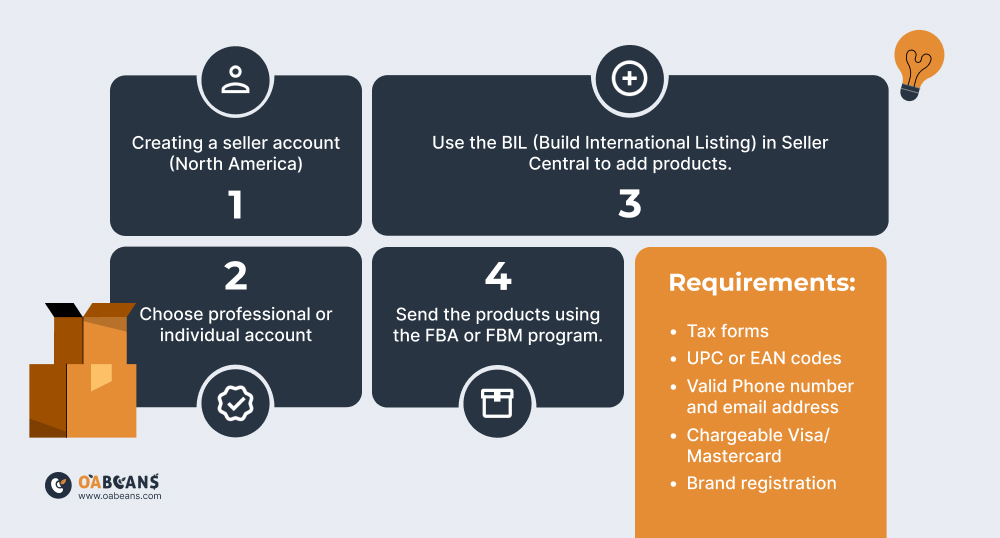
Why Should Canadians Choose Amazon US?
Since 2017, online shopping has grown in Canada, and about 80% of the population currently shops online. But, when you compare it with the number of American shoppers, about 70% of Amazon accounts, you realize why Amazon.com is so attractive for sellers.
Half of 263 million American Amazon subscribers are also members of Amazon Prime’s premium shipping service. This service helps sellers to give a better service to buyers.
One of the biggest advantages for Canadian sellers is access to the North America Unified Account (NAUA). By using this account, you can conveniently manage your business across Amazon.com (US), Amazon.ca (Canada), and Amazon.com.mx (Mexico), all through a single Seller Central login.
With this unified setup, you get several benefits:
- Single Monthly Subscription Fee: You only need to pay one monthly fee for the Professional Selling Plan, which covers all three marketplaces.
- Centralized Dashboard
You can manage listings, orders, and inventory from one dashboard. No need to log in separately or toggle between different platforms. - Shared Listings Across Marketplaces
Amazon allows you to share your product listings across US, Canada and Mexico. This means you don’t need to duplicate your efforts when uploading or managing products. - Inventory Synchronization: Inventory is automatically synced across all marketplaces using a global SKU. For example, if a customer in the US buys an item, your stock levels in Canada and Mexico are updated accordingly.
- Currency Conversion Made Easy
Thanks to Amazon Currency Converter for Sellers, you can receive payments in your local bank account even if sales happen in a different currency. For instance, sales in USD can be deposited into your Canadian bank account. - Access to Listing Tools
Tools like Build International Listings (BIL) help you easily replicate and localize your existing listings across different marketplaces, including price adjustments, descriptions, and more.
Amazon.com VS Amazon.ca; Which One is Better?
Many reasons can convince you to sell from Canada on Amazon.com, the biggest global eCommerce site. Here, we nail them down:
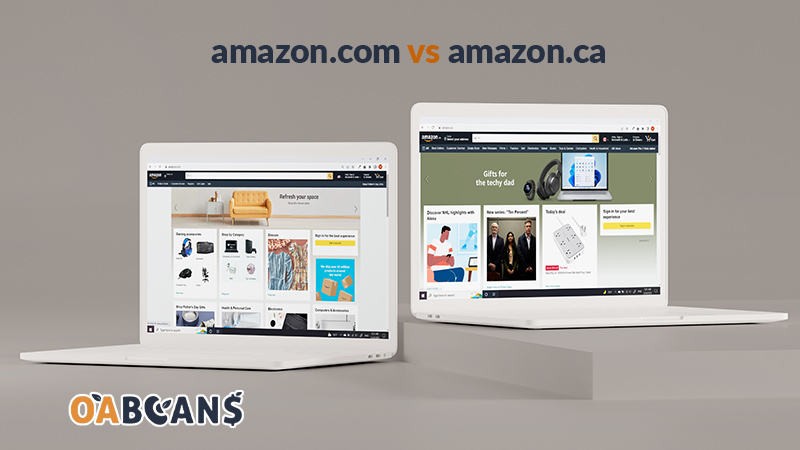
- Market size
Comparing the population of Canada to the USA in 2021 shows you how big the US market is. Canada had about 38.4 million people, whereas the US had approximately 331.4 million. See! It is about 10 times., which allows Canadian sellers to sell about 10 times more on Amazon.com than on Amazon.ca.
- Pricing
If you convert the USD to CAD, the average price of products is higher on Amazon.ca than on Amazon.com. It has two main reasons. The first reason is that the supply and demand in Canada, the competition is lower, so sellers can sell their products at a higher price. The second reason is the shipment.
- Shipping
The shipping charge to Canada is higher compared to the US. This is an extra cost to your prices as you choose to fulfill your products through Fulfillment by Merchant (FBM).
- Competition
The total number of listed products on Amazon.ca is 133 million, while there are 350 million listed products on Amazon.com. These statistics help you understand that Canada’s competition is much lower than the US.
If you want more global options, learn how to sell products internationally on Amazon.
Fulfillment methods for Amazon USA
In Canada, users can leverage one of these two methods:
FBA:
In this method, you send your products to Amazon centers, and the platform does the rest of the job for you. This is the more convenient, time-saving method since Amazon takes over the shipping, packaging, and labeling (of course, for a monthly fee). FBA also makes all your items eligible for Amazon Prime. Learning how to start an amazon fba business can benefit new sellers and people who don’t have much free time.
FBA has both advantages and disadvantages for Amazon sellers. On the positive side, Amazon handles everything. They store your inventory and ship products quickly to U.S. customers. You also benefit from Prime fast shipping, which helps increase sales. If you don’t have experience with international logistics, FBA is a great option because Amazon takes care of most of the work for you.
Even individual sellers can use FBA. However, it requires sending your inventory across the border and paying customs duties, brokerage fees, and international shipping costs in advance. You’ll also have to pay Amazon’s storage fees, which can be high if your products don’t sell quickly.
Another thing to consider is that, there is always a small risk of your items getting lost or damaged in the FBA process. Amazon does reimburse for this, but starting in 2025, new policies make it a bit harder to get full compensation. So, sellers need to stay updated on those rules.
One important thing is that with FBA, warehouses in each country need separate stock, and you must create separate SKUs. You can’t have shared inventory across borders, so you need to manage and replenish each country individually.
FBM:
Unlike FBA, in this method, you (the seller) take care of the storage, packaging, and shipping. This way, you can save money, but it is pretty time-consuming. Many FBM sellers use a third-party fulfillment service instead of Amazon. Read how to start amazon fbm here.
The biggest benefit here is control. You can manage your inventory in Canada (or wherever you are based) and only ship products when they’re sold. This means no Amazon storage fees, and you can even use one shared inventory for both U.S. and Canadian customers, which is very efficient if done right.
But there are some challenges, too. Fulfilling U.S. orders from Canada often means slower and more expensive shipping for your customers. That can hurt your competitiveness. Also, Amazon expects you to handle customer service, including returns, at a professional level. If your business doesn’t have the right infrastructure or if your sales volume is low, managing this yourself might be hard.
Tips for Using FBM from Canada
If you choose the FBM method from Canada, a good tip is to use a third-party fulfillment center (3PL) in the U.S. You send some of your products in bulk to a U.S. warehouse, and they store the products and ship them out as orders come in. This setup helps reduce shipping time and cost for U.S. buyers and making your offer more competitive.
you keep control like FBM but still benefit from faster U.S. delivery like FBA, just not through Amazon’s warehouses. You can use a Global SKU, which allows a shared inventory pool across the U.S., Canada and Mexico
The best practice is that, if you choose FBA, use market-specific SKUs, and if you pick FBM, use Global SKUs to maintain a unified stock across North America.
Financial Accounts Need to Start Selling on Amazon USA
One practical challenge when selling on Amazon.com as a Canadian is dealing with different currencies. You’ll be earning revenue in U.S. dollars, but as a Canadian, you need to manage your money in Canadian dollars.
Amazon makes it easy to get paid out in your home currency using a service called Amazon Currency Converter for Sellers (ACCS). With ACCS, you can use your Canadian bank account to receive earnings from Amazon.com, so there’s no need to open a U.S. bank account.
Amazon will automatically convert your U.S. dollar sales into Canadian dollars through ACCS and deposit them into your Canadian bank. However, this conversion comes with a fee.
For small to medium sellers (those earning less than $100,000 annually), the fee is around 1.5% of the amount. For higher-volume sellers, the fee can go down to 1.25% or even as low as 0.75%, depending on your annual sales.
Because of these fees, some sellers choose alternative solutions like Wise or MTFX. Wise offers multi-currency accounts and often better exchange rates than Amazon, however, MTFX provides multi-currency business accounts
To use these alternatives, you would:
- Set up a USD-receiving account with the provider like Wise or MTFX
- Enter the account details into Amazon Seller Central
- This allows you to bypass ACCS and convert your currency when and how you prefer, often at a better rate
These small changes in conversion fees can make a big difference in your profit margins over time, especially for growing businesses.
U.S. Tax Registration for Canadian Amazon Sellers
If you want to work as a Canadian seller and expanding your business to Amazon.com, understanding U.S. tax compliance is very important and essential. There are several things you need to know to avoid facing challenges.
Canadian sellers who do business in the U.S. or store inventory there are usually required to get an EIN (Employer Identification Number) for tax reporting and to complete Amazon’s tax interview (usually the W-8BEN or W-8BEN-E form).
Another key point is the sales tax nexus. If you store inventory in the U.S., it creates a physical nexus, which may require you to register for sales tax in that state. However, thanks to Marketplace Facilitator laws, Amazon usually collects and remits sales tax on your behalf. Still, some states may require you to file returns, even if you owe $0. To get more accurate information, we suggest checking Amazon’s tax reports and consulting a tax advisor for each state where you might have nexus.
Lastly, about U.S. income tax, In general, if you’re running your business from Canada and don’t have a physical presence or permanent establishment in the U.S., you may not have to pay U.S. income tax. However, if your income is considered “effectively connected” with a U.S. business activity, you might need to file Form 1040-NR.
Cross-Border Selling: Customs & DDP for Amazon FBA from Canada
A crucial requirement for Amazon USA sellers from Canada is to handle customs and import duties. It’s related to the fact that shipments to Amazon FBA in the U.S. must be sent Delivered Duty Paid (DDP).
This is because Amazon will not act as the importer of record for your goods, you are the importer. So, you have to make sure that all taxes, import duties and brokerage fees are paid upfront. Also, your commercial invoice should clearly state DDP terms for Amazon to accept your products. Overall, it is suggested that, a foreign entity should work with a broker to navigate the process. The broker will need your EIN to declare the entry, and they will also need a Power of Attorney to act on your behalf during all steps.
It’s a good idea to check with your broker, because import duty rates depend on the product and its country of origin. For example, Canadian-made goods are duty-free, but goods made in China or other countries will have the same duties as if you imported them into Canada.
Step-by-Step Guide to Setup an Amazon US Account
- Create a seller account and select North America. You will pay less when choosing the North American Unified Account from Canada. No additional fee is required to sell in US and Mexico.
- Choose between a Professional account and an Individual account based on the scale of your business. If you monthly sell 20 items on amazon.com or amazon.ca, an Individual plan is better for you. Otherwise, the Professional plan is more cost-effective.
- Tools like Helium 10, Jungle Scout, or AMZScout can help identify high-demand, low-competition niches. Additionally, for adding products to your list, the Build International Listing (BIL) tool in Seller Central is helpful as you list items in multiple marketplaces.
- Using Amazon’s advertising platform (Sponsored Products, Sponsored Brands, etc.) can be very profitable. Because Amazon.com has so many sellers, advertising is almost a necessity to gain initial traction for a new product.
- Once you sell an item, it is time to deliver the product to the customer. In Amazon FBA service, Amazon fulfills all processes, from picking, packing, storing, and shipping to return and customer service.
- Finally, using Transferwise, you receive your money at a low exchange rate without paying a high bank fee
Where Can You Find Inventory in Canada?
There are plenty of methods to find your Amazon inventory inside the borders of Canada. here are some cost-effective, yet practical options for you:
Retail Store
International retail stores like Walmart and Costco are present in Canada too. There are also country-based options like Canadian Tire. These stores often have clearance sales and discounts and can be excellent opportunities for sourcing products at lower prices. Find deals by visiting the shops, their websites or deal finder tools.
Wholesale Suppliers
Wholesale suppliers can help you find items for your inventory in Canada. Engage with these sellers (ones like Spocket, SaleHoo, and Wholesale2B). These platforms connect you with a variety of suppliers offering bulk products at discounted rates, which can significantly reduce your cost per unit. If you are into wholesale business, this is the way to go.
Online Marketplaces
Websites like Kijiji, eBay.ca, and Facebook Marketplace can be great for finding new or gently used items at lower prices. These platforms allow for negotiation, helping you secure better deals especially if you’ve just started an Amazon business.
Liquidation and Overstock
Companies like Direct Liquidation and B-Stock offer liquidation and overstock goods from major retailers. These goods are often available at a fraction of the original cost, ideal for resale on Amazon.
Local Manufacturers
Making deals with local manufacturers can give you access to unique products that might not be widely available in the U.S. This can be a competitive advantage for your shop, offering exclusive or niche items to customers.
Trade Shows and Expos
Attending trade shows and expos, such as the “Canadian Gift Fair” or “Toronto Gift Show”, can help you discover new products and establish relationships with suppliers and manufacturers.
How to Ship Inventories from CA to Amazon.com Warehouses?
Sending your inventory from Canada to Amazon’s U.S. warehouses should be done strategically and with a plan. We have sorted this plan out for you, in a step-by-step manner:
- Adjust Your Amazon Seller Account: As a seller on the platform, you surely have a seller account. Make sure it’s registered for the U.S. marketplace.
- Prepare Inventory: Make sure every item in your inventory, complies with Amazon’s packaging and labeling requirements. A scannable barcode (UPC, EAN, or FNSKU), safe packaging, and some other requirements are necessary here.
- Create a Shipment Plan: Within your Seller Central account, navigate to the “Inventory” tab and select “Send/Replenish Inventory.” Follow the steps to create a shipment plan, which includes selecting the products to send, specifying the quantity, and providing the ship-from address.
- Select a Method: select between small parcel delivery (SPD) for packages or less-than-truckload (LTL) for larger shipments. Remember that with partnered carriers, often come discounted rates.
- Prepare Documentation: International shipping requires complete customs documentation, including a commercial invoice and some other forms (depending on the goods). These documents are needed to ensure your shipment clears U.S. customs without issues.
- Ship the Packages: Now Print the provided shipping labels and attach them to your packages. Arrange for pickup or drop-off with your own carrier.
- Track and Confirm: Amazon has tracking tools to monitor your shipment’s progress. After receiving it, the platform will process and stock your inventory, making it available for purchase on Amazon.com.
How AI can Help Cross-Country Sales
AI is quickly changing the way businesses conduct global operations and making cross-border selling strategies smarter, modern, and efficient. For sellers in scaling enterprises of Amazon FBA Canada to the USA in 2025, these AI-based tools offer all the perks of inventory planning, customer engagement, and much more.
AI helps in such functions as listing products, lead generation, and customer service-based tasks. But it can deliver better results with sales forecasting, customer segmentation, and individual marketing. From Ontario or any Canadian province southwards, selling on Amazon.com entails AI assisting in customs jurisdiction, fraud detection, and supply chain logistics.
More than this, the bridging of cultural and language barriers comes in through AI-powered translators, with real-time communication insights working towards improving customer satisfaction and conversion rates. Whether you are returning goods and services across borders or tracking trends, AI makes the whole process smoother.
How to Sell on Amazon.com from CA with OABeans?
As we said before, your seller account on Amazon can be used as a platform to sell internationally. If your business is based in Canada, you can use FBA options and sell in the United States. OABeans Online Arbitrage Deals make business easier for you. If you’re just starting out, be sure to check out our Ultimate Guide to Starting an Amazon FBA Business in 2025.
One of the first and most important things you need to do to succeed in the FBA business is to decide what to sell. Making a good decision in the first stages helps you get more stable benefits and spend less time manually searching for potential products. The Online Arbitrage Deals service in OABeans delivers daily lists of profitable products. These lists make product selection much easier and are made specifically for reselling in the US. Here are the steps for selling in the US with the help of OABeans lists:
- Select a subscription plan based on your business type and unique needs.
- Provide OABeans with contact information and make an account.
- Now, you will get daily lists in your email. These lists include purchase links, price history, and all your needed data.

Amazon policy updates in 2025
There are some important policy changes Amazon will be rolling out in 2025 that will translate into some impact for sellers at all levels, with those focused on Amazon FBA Canada to USA 2025, or those increasing emphasis on cross-border-selling strategies.
The biggest changes are for FBA reimbursements. Since January 9, it’s been from 18 months down to 2 months to file a claim for lost or damaged goods. Also, while before it was the retail price, refunds will now be issued only for the manufacturing cost of the item. These are likely to cut into a seller’s profits.
Amazon is now dealing with product title issues to improve buyer experience; this means your listings will need to be updated in the near future. On the other hand, with the new advertising guidelines, all content will have to be clearer and more truthful. If ads mislead customers, it would affect their visibility and account standing, so it may be the best time for sellers to monitor performance through Amazon’s metrics more than ever.
Finally, the last important update is that Amazon will now watch seller performance more closely. Delivering timely shipping, good customer support, and fast order issue resolution now constitute the pillars of performance that will set one apart
Final Thought
If you, as a Canadian, decide to scale up your business, selling on amazon.com is a perfect way. It doesn’t have too much difficulty, and there are Amazon tools on the market to help you, like FBA, the Unified Account, Build International Listings tool. By using amazon.com, you reach a big American market and benefit from it. Transferring money is as easy as pie using a banking service like Transferwise.
FAQ
Do I need a U.S. business entity to sell on Amazon.com from Canada?
No, Canadian sellers can register on Amazon.com using their Canadian business and tax information, no U.S. entity is required.
Can I use my Canadian bank account to receive Amazon.com payouts?
Yes, with Amazon’s Currency Converter for Sellers (ACCS), you can get deposits in CAD to your Canadian bank account directly from your U.S. sales.
Will I need to collect U.S. sales tax as a Canadian seller on Amazon.com?
No, Amazon automatically handles U.S. sales tax collection and remittance in most states under Marketplace Facilitator laws.
Is there extra shipping cost when sending inventory to Amazon FBA in the U.S. from Canada?
Yes, cross-border shipping incurs additional customs, duties, and carrier fees, which must be factored into your product margins.
Do I need a customs broker to ship inventory from Canada to U.S. FBA warehouses?
Yes, if you’re acting as the importer of record, a licensed customs broker is typically required for smooth and compliant cross-border shipping.
Can I sell on both Amazon.ca and Amazon.com using the same Seller Central account?
Yes, using the North America Unified Account, you can manage listings, inventory, and orders across Amazon.ca, .com, and .mx from a single dashboard.
How do I handle returns from U.S. customers as a Canadian seller?
You’ll need a U.S. return address or a third-party logistics (3PL) provider to handle returns efficiently and avoid account performance issues.
Are there any restricted categories for Canadians selling on Amazon.com?
Yes, categories like pesticides, supplements, and certain electronics may require U.S.-specific compliance and brand approvals, even for Canadians.
Can I use Amazon’s NARF program to fulfill U.S. orders from Canadian FBA inventory?
Yes, the North America Remote Fulfillment (NARF) program allows eligible sellers to fulfill U.S. and Mexican orders using Canadian FBA inventory.
Will currency conversion fees affect my Amazon USA profits?
Yes, Amazon’s currency conversion fees (typically 0.75%–1.5%) reduce your net payout, so pricing should account for these hidden costs.


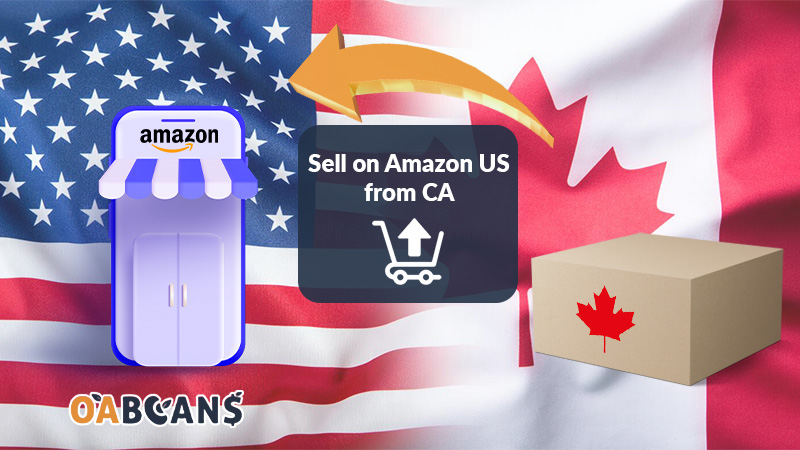
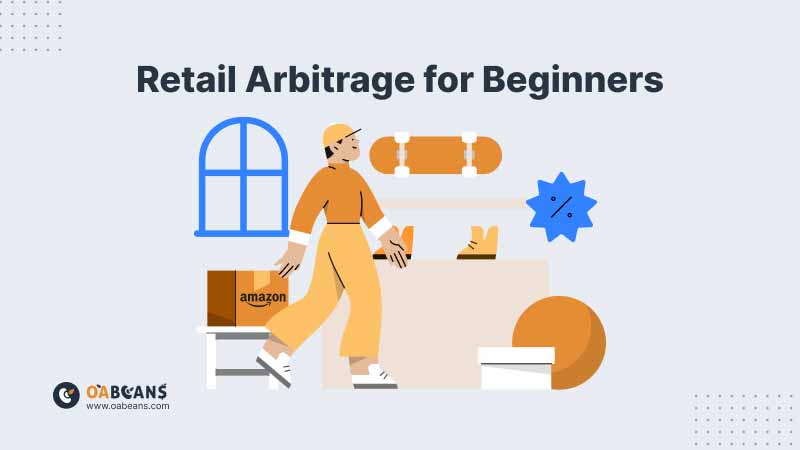
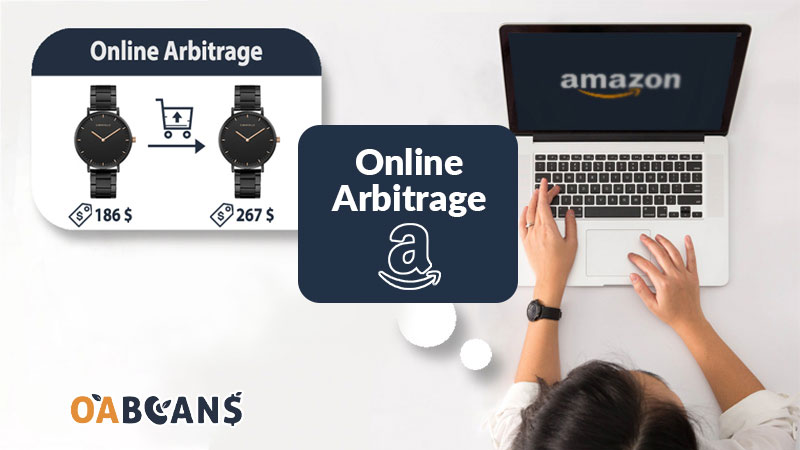
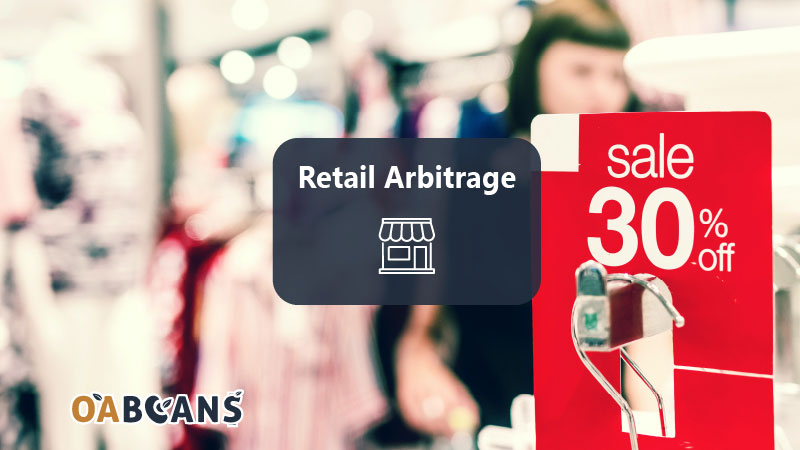
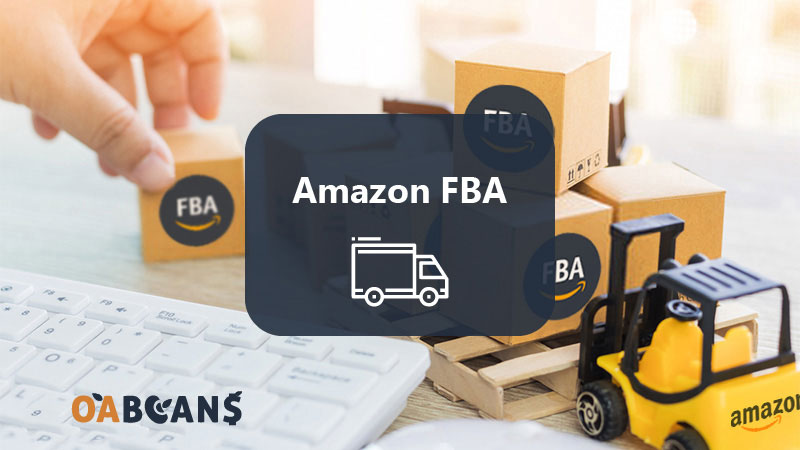


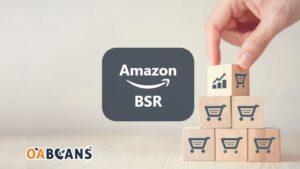

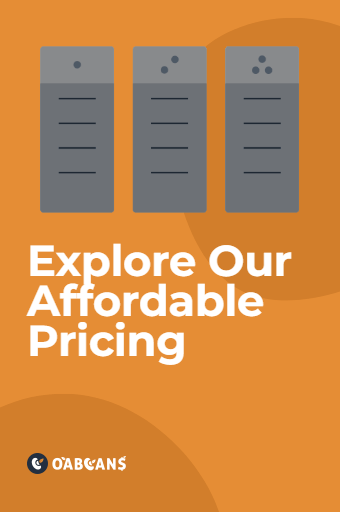
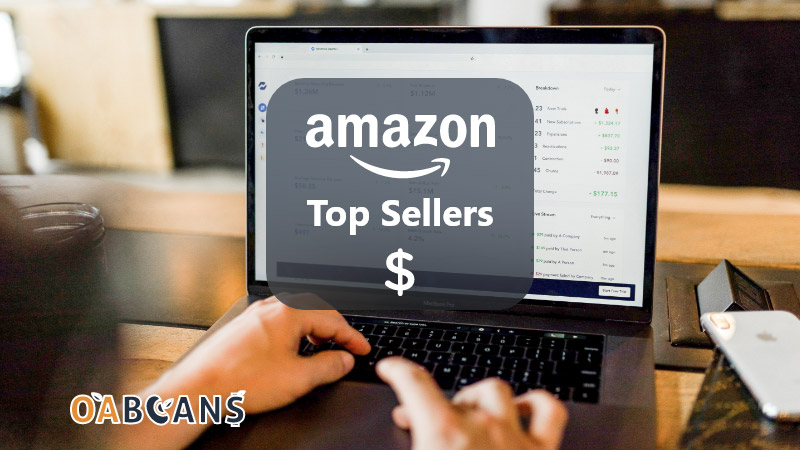
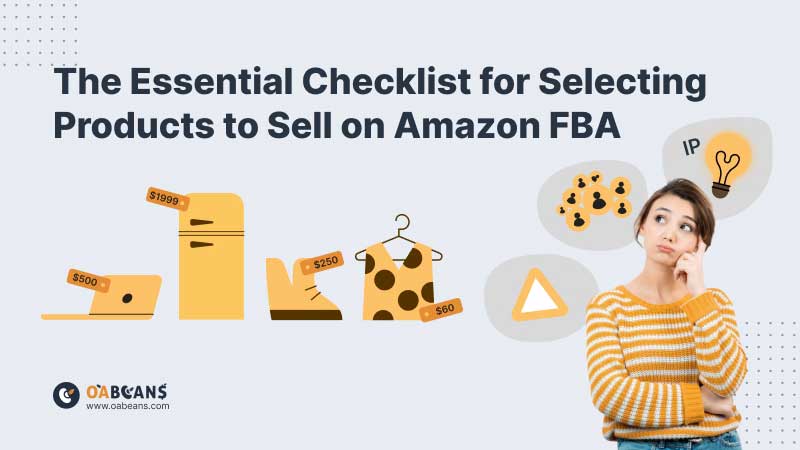

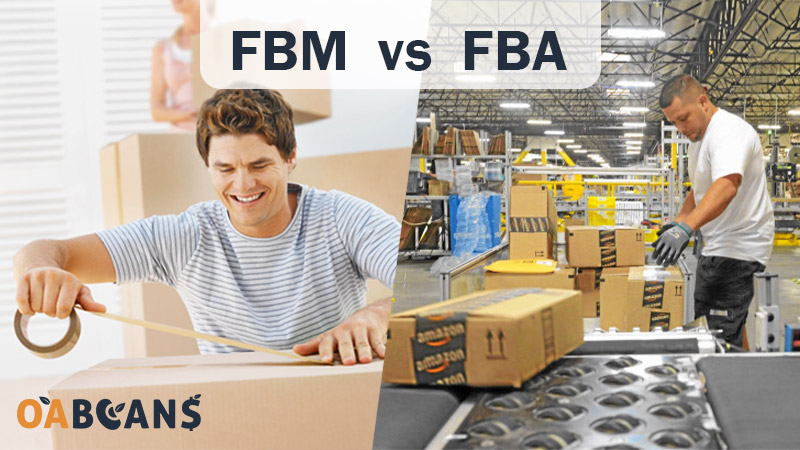
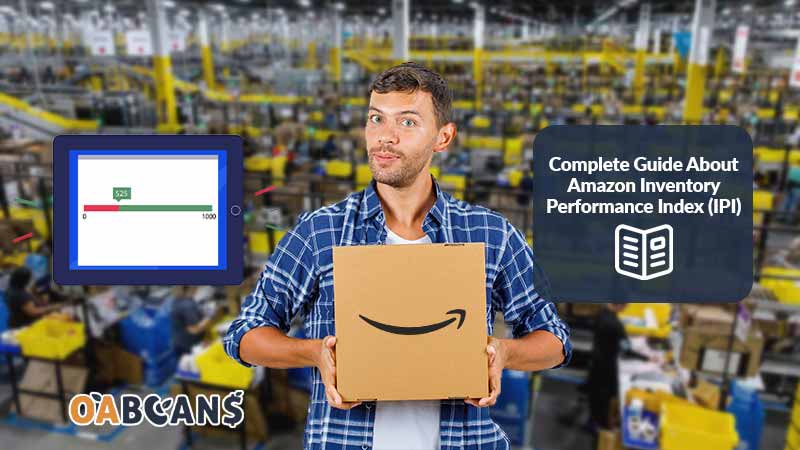





11 replies on “How to Sell on Amazon USA from Canada?”
The free tools and resources are incredibly valuable.
I appreciate the variety of topics covered, from beginner to advanced strategies.
I’m constantly referring back to this site for new tips and tricks on Amazon online arbitrage.
I appreciate that Amazon Marketplace offers free shipping on qualifying orders.
Your website is a great place to learn about Amazon FBA and other reselling models. Thanks for shedding light on these topics.
I appreciate the fact that your website provides insights into both the challenges and opportunities presented by Amazon Marketplace, helping sellers to navigate the platform more effectively.
With Amazon’s secure payment system and reliable transaction process, you can conduct reselling transactions with confidence and peace of mind.
The streamlined shipping and logistics process of Amazon FBA helps sellers save time and reduce operational costs.
Reselling on Amazon allows you to tap into the power of Prime membership, attracting customers who value fast and reliable shipping.
The thrill of finding discounted items and turning them into profitable sales through retail arbitrage on Amazon is both financially rewarding and personally satisfying.
The FBA program enables you to take advantage of Amazon’s vast fulfillment network, ensuring faster and more reliable delivery for your customers.